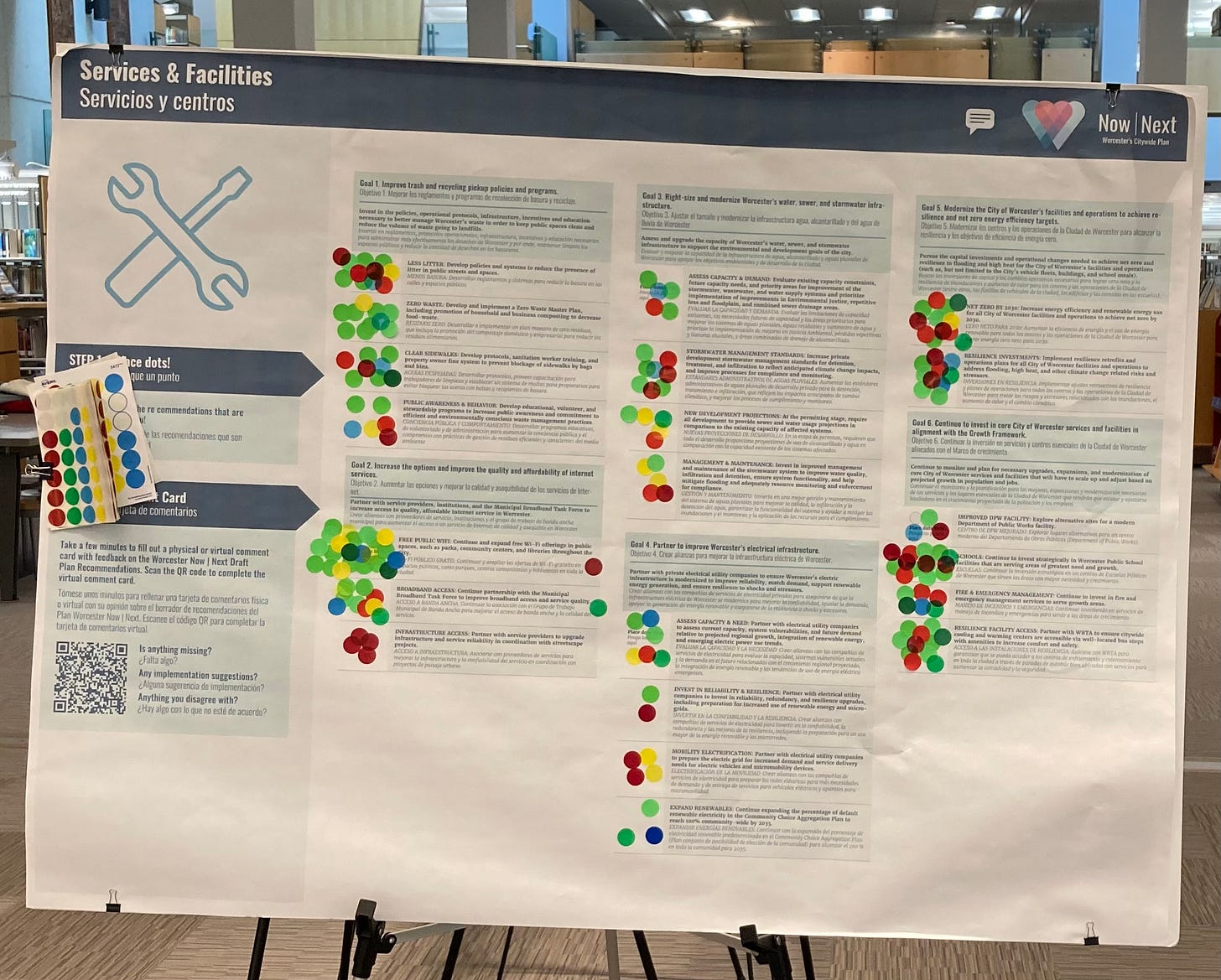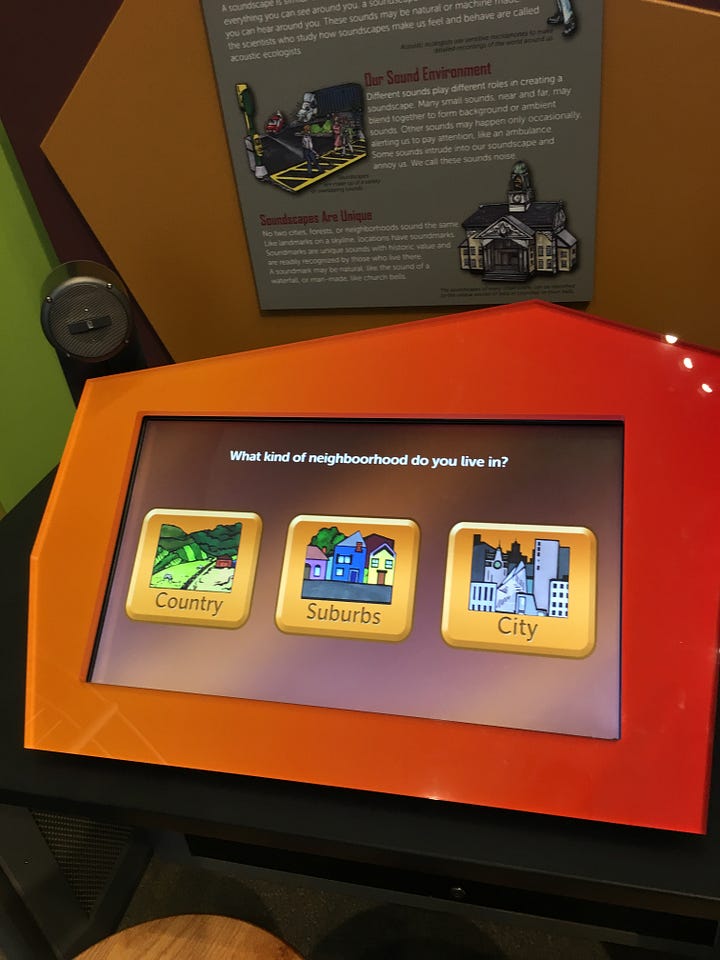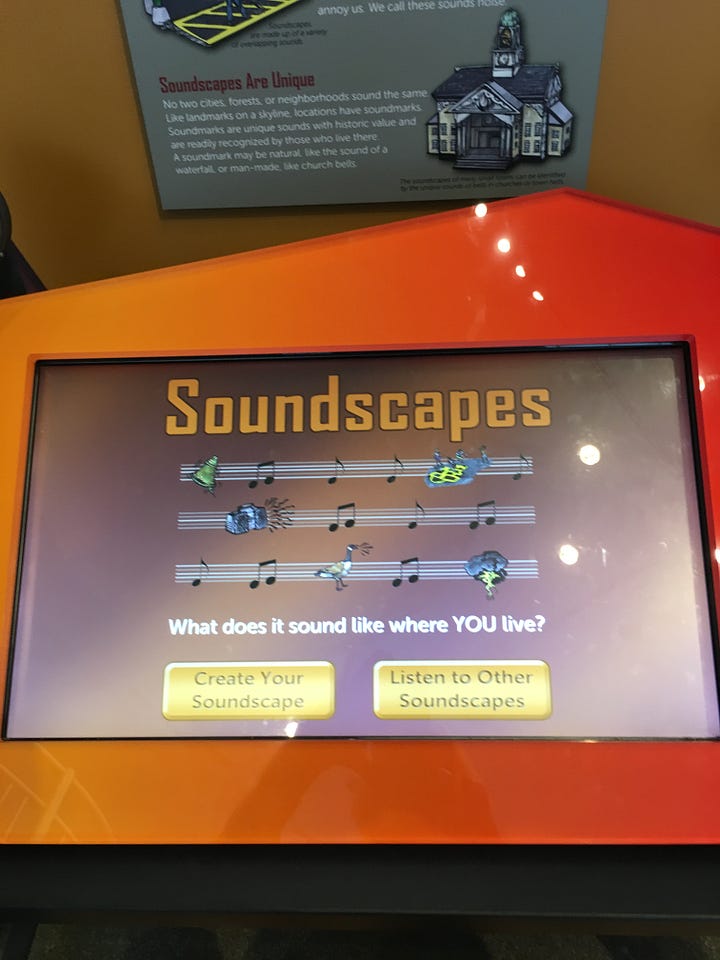I’ve gone back and forth with myself on this post, because it veers into critique of some work by planners – a profession that I obviously admire, and in which I’m at best an interloper. Clearly, I’m forging ahead anyway, for three reasons.
I’ve gotten enough interest from planners in the planning-related exhibit work I’ve done to want to peel back the curtain on the work.
If I’m going to encourage museum folks to work with planners, I want to point out a potential stumbling block that may need to be addressed.
It’s Grinch season, so something a bit grumpy is seasonal.
Definitions Matter
As we all know, partnerships start with conversations. (For an idea of where to find your potential partners, read this post and this.) And as we’ve learned from other types of partnerships, one of the first orders of business is being sure that your project goals are aligned. And that often starts with getting clear on vocabulary. (Any other museum folks discover too late that when a university professor says they’ve lined up interns for “summer” they mean “May 20th to June 20th”, while “museum summer” starts June 20?)
When it comes to my favorite topic in urban planning, community engagement, the phrase that needs clarity is “Engagement Goals”. Several times when I’ve asked a planning professional, “What are the goals for your community engagement activity?” and the answer was basically (and sometimes literally) “We want lots of engagement.”
I had no idea what to do with that. Does it mean lots of people show up to an event? That the people who show up come from different neighborhoods? I know that isn’t the entirety of their goals. No one wants event attendees to leave feeling confused, angry, or disenfranchised.
But what if everyone attending an engagement event had a good time? Does that count as good engagement?
Without getting geeky on engagement goals – you don’t know.

When I see a planning engagement display like this poster at my local library, I have to wonder: When people vote with their sticky dots on “Goal #3: Right-size and modernize Worcester’s water, sewer, and stormwater infrastructure”, how are they deciding between “Assess Capacity & Demand”, “Stormwater Management Standards”, “New Development Protections”, and “Management and Maintenance”? And when you count up the dots – what does that reveal? I certainly wouldn’t be confident I could infer anything.
Fortunately, this library display is a fragment of a much more comprehensive multi-year community engagement process of questionnaires, working groups, focus groups, and public visioning sessions. But still, what are the engagement goals for public displays like these – and more importantly, how would you know you’d hit those goals?
Goals Matter.
Here’s an example of how being persnickety about engagement goals can shape a single activity in an exhibit with an urban science theme:
At my last in-museum job, we were developing a touch-screen interactive that asked visitors to create a soundscape, “What does it sound like where you live?” When we tested a prototype, visitors were having a blast: lots of talking and laughing as they created several soundscapes.
Clearly, people were highly engaged and having fun. However, a typical child’s soundscape was 75% ice cream trucks and 25% fire engines - not the soundscape of their actual neighborhood. (I hope!) Our main goal for the activity was to get people thinking about sound as information - as data - that revealed information about the natural and built environment where they live. We were clearly missing the mark.

Our main goal for the activity was to get people thinking about sound as information - as data - that revealed information about the natural and built environment where they live.
So, in the next iteration of the interactive, we tested an introductory question: “What kind of neighborhood do you live in?” People had to select “City”, “Suburb”, or “Country”. Once they chose, they got the same prompt, “What does it sound like where you live?” The nature of people’s engagement completely changed. The sounds visitors put into the soundscapes were much more varied and diverse. Adults got more involved as facilitators, asking children, “What else do we hear?” and “Is that near to the house or far away? Okay, so should we make that quieter?”
What’s especially cool is that no matter whether peopled pick “City” “Suburb” or “Country”, the button did nothing material – it just functioned like a “Next” button. But the question forced adults to explain the concept of “suburb” and “city” to their kids and put the group on alert that we were asking specifically about the sounds of their own neighborhood. Much richer, and more on-target, family conversations ensued. The point isn’t the specific changes we made to the interactive – the point is that we were driven to make those changes because we weren’t hitting our specific engagement goals.
The point isn’t the specific changes we made to the interactive – the point is that we were driven to make those changes because we weren’t hitting our specific engagement goals.


I get that planners rarely get the chance to do extensive iterative prototyping on their community engagement activities and displays, but they do have (sometimes tacit) goals that could be used to guide iterative improvements to those activities between public events. And, if we museums can tease out more detailed goals from our planning partners, the better we could support their community engagement work.
More about community engagement goals that I’ve gleaned (or inferred) from planners in my next post.
~ Betsy Loring1
The Planning-Curious Museum Person
Sharing stories and ideas for other Planning-Curious Museum People and for Museum-Curious Planning People.
Betsy Loring is founder of expLoring exhibits & engagement. She has over 20 years’ experience in project management and exhibit development in multidisciplinary, indoor and outdoor museum settings. Her services include exhibit master planning, content and interactive development, and writing, with a focus on hands-on STEM. She also offers staff training in exhibition planning, formative evaluation, and prototyping. Special interests include multi-institutional collaborations, peer-to-peer professional development, and of course – collaboration with municipal planning practitioners.
If you’re already collaborating, tell me about it! Interested in expLoring a collaboration with me? Let’s talk! betsy@exploringexhibits.com



